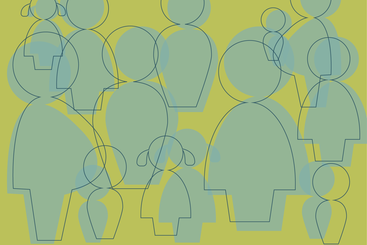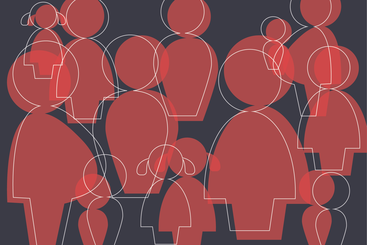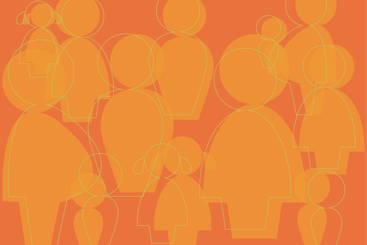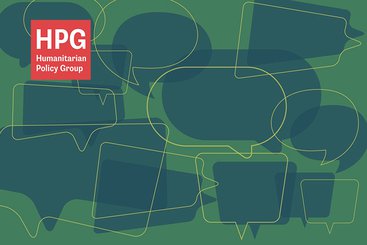In recent years, the humanitarian sector has started paying more attention to those it leaves behind, such as people with disabilities, older people and speakers of minority languages. Since their needs are so often sidelined amid efforts to serve as many people as quickly as possible, this development is both welcome and overdue. In practice, however, translating attention to inclusion into action remains an uphill struggle. This report seeks to explain why, and to suggest what to do about it. It draws on findings from a three-year research project by the Humanitarian Policy Group (HPG) focused on understanding the dynamics of inclusion and exclusion in humanitarian action, including case studies in north-east Nigeria; the Rohingya refugee response in Cox’s Bazar, Bangladesh; the urban refugee response in Jordan; and the complex mix of post-conflict recovery and natural-hazard-related disasters in Mindanao, the Philippines.
Inclusion and exclusion in humanitarian action: findings from a three-year study
Image credit:Hannah Bass
Image license:CC BY-NC-ND 4.0
Explore similar content

Inclusion and exclusion in displacement and peacebuilding responses in Mindanao, Philippines: falling through the cracks

Towards more inclusive, effective and impartial humanitarian action

Inclusion and exclusion in the north-east Nigeria crisis

Participation and inclusion in the Rohingya refugee response in Cox’s Bazar, Bangladesh: ‘We never speak first’

Inclusion and exclusion in urban refugee displacement in Jordan



